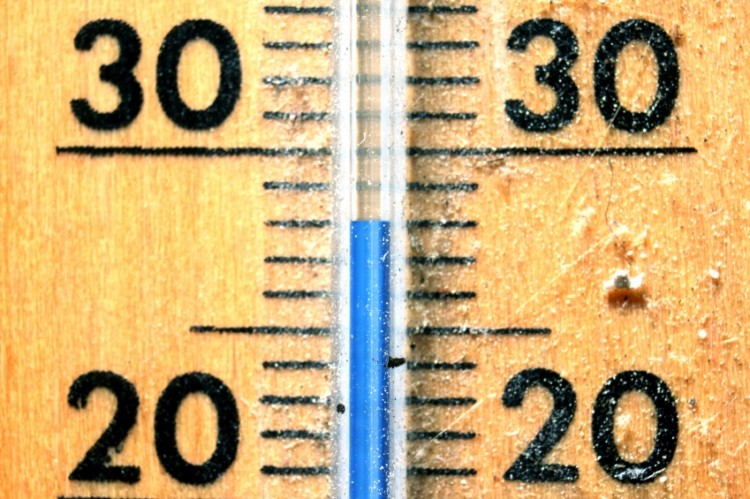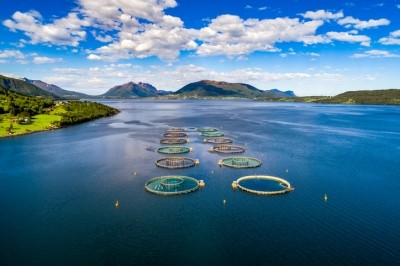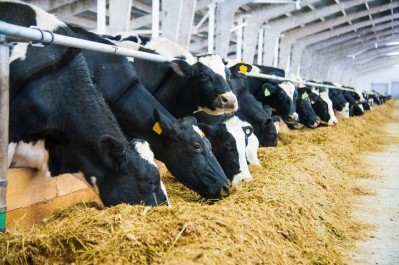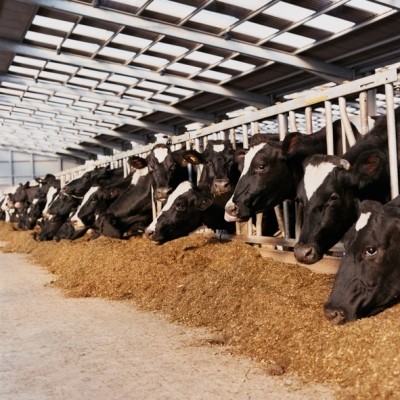Lallemand: heat stress is a reality in European dairy production

Heat stress, which results from the combined effect of elevated ambient temperature and humidity, is recognized as a major potential cause of milk production loss in warmer climes such as southern Europe.
Now, a survey conducted by Lallemand Animal Nutrition, suggests that heat stress is a threat throughout Europe, from north to south and east to west.
The survey monitored continuous THI (temperature-humidity index), an indicator of heat stress, during the summer months of 2013 and 2014. It found that in southern Europe (Spain, Italy, south of France), dairy cows spent between 13 and 18 hours under heat stress, resulting in estimated milk losses of up to 5.5kg per cow per day.
At higher latitudes, such as the north of France, Switzerland, the Czech Republic and Poland - where farmers may be less aware of heat stress issues - dairy cows can still spend between six and ten hours under heat stress conditions, leading to significant milk loss.
Even in the UK, cows can spend two hours under heat stress, the survey found.
A pan-European issue
“The survey indicates that all cows can face heat stress, to a greater or lesser extent, even in places where this kind of stress is not well recognized,” said Aurélien Piron, technical manager for ruminants at Lallemand.
Whilst milk production is the most obvious and immediate consequence of heat stress, Piron warned that it is only the “tip of the iceberg”.
“Under heat stress, cow behavior, physiology, energy and antioxidant balances are negatively impacted. As a result, prolonged exposure to heat stress can have mid- to long-term consequences on health and reproduction,” he explained.
An increased risk of acidosis and mastitis, reduced fertility and loss of body condition are among the mid- to long-term consequences that can impair a cow’s longevity, he said.
Preventative measures
To an extent, the impact of heat stress can be managed through a nutritional program designed to protect the rumen environment from acidosis and optimize rumen efficiency.
Lallemand says that increasing the energy density of the diet can compensate in part for a fall in dry matter intake.
“High quality, highly digestible and palatable forage should be made available. More starch or added fat can be useful too. Feeding of a high quality fiber source that helps maintain a stable rumen but still contributes energy rather than just gut fill is also essential, especially for high producing herds,” advised Piron.
He said another important aspect is to balance the mineral electrolytes in the milk cow diet as excessive sweating leads to losses of sodium and potassium.
To protect the rumen environment and improve rumen efficiency, Lallemand recommends the use of its ruminant specific live yeast Saccharomyces cerevisae CNCM I-1077 (LEVUCELL SC). Several trials conducted under heat stress have shown it can help improve milk production and feed efficiency.
For example, in the most recent trial (Fustini et al., J. Anim. Sci. 2013) reported an increase of 6.7% corrected milk yield, equivalent to an extra 1.7kg energy corrected milk per day when LEVUCELL was fed to dairy cows under moderate heat stress. The same trial confirmed a positive effect on several indicators of rumen efficiency and reduced acidosis risk.
Lallemand also recommends increasing the antioxidant supply, through supplementation with a selenium, vitamin E or primary antioxidant source, to help maintain the antioxidant status of animals.








